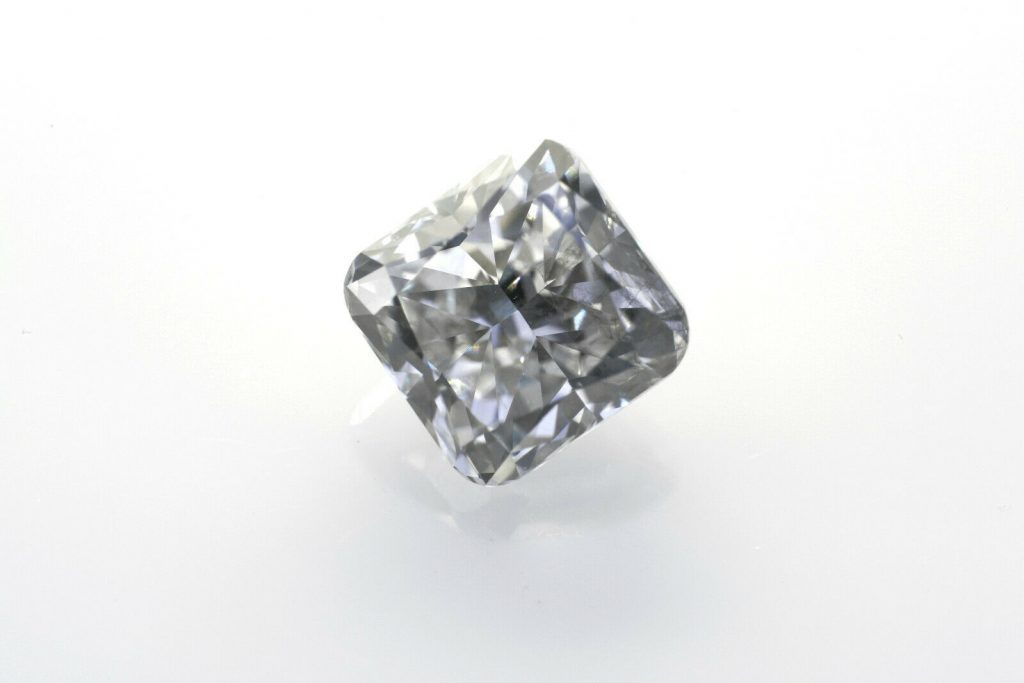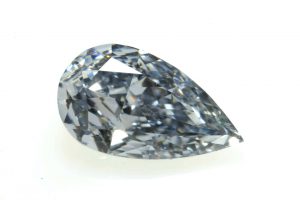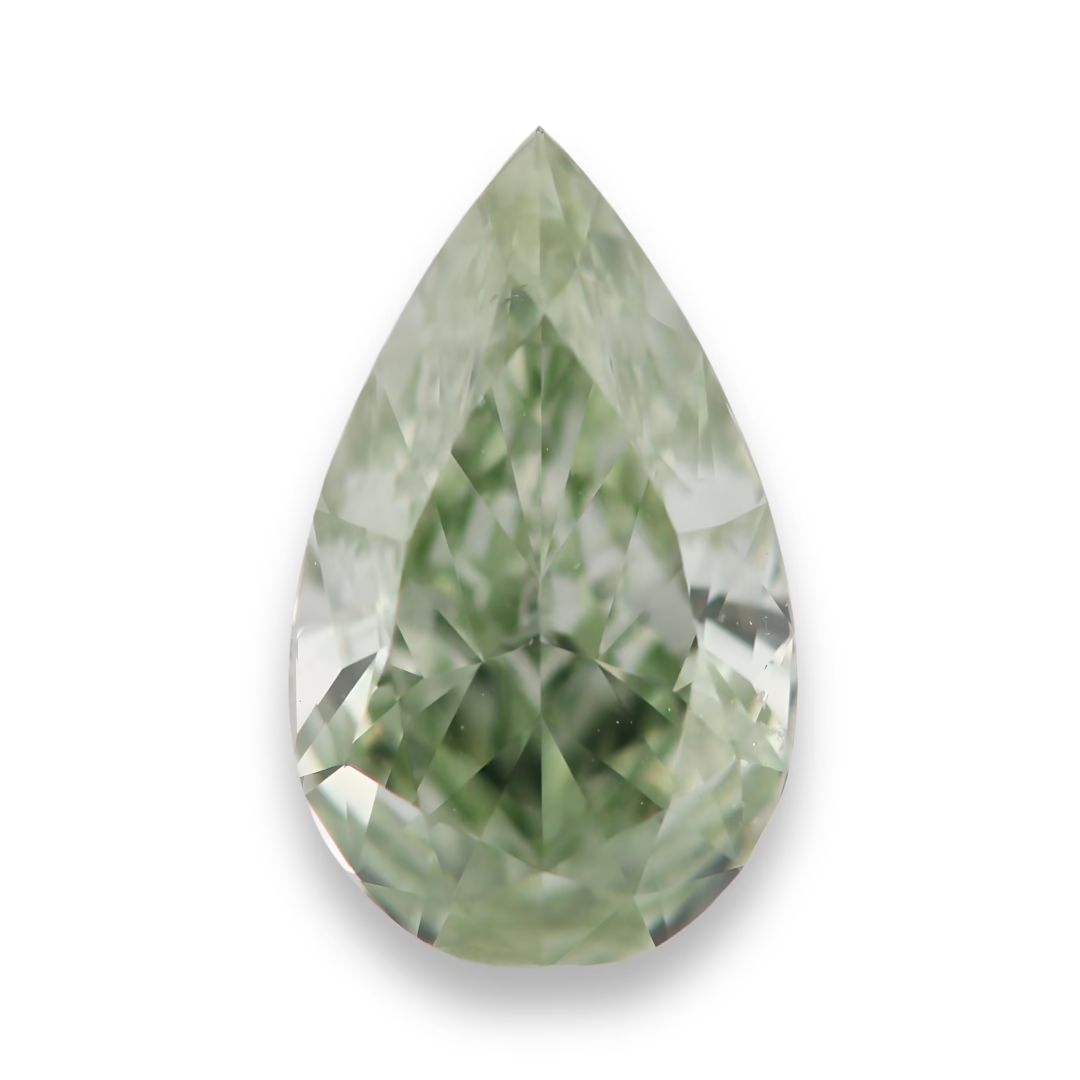Diamonds are notorious for being a woman’s best friend, but exactly how many kinds of diamonds are there?
We are used to seeing clear diamonds only on screen and in stores, even though they come in a wide variety of colors, shades, and combinations.
Amongst the colored diamonds, you will find the lesser-known gray diamond that closely resembles clear diamonds — but they are not the same. Most people credit gray diamonds to being rare, so most of the population is unaware of these gems.
Grey might sound like a dull color, but according to the color theory, it reflects the perfect balance between black and white, the color of compromise.
Let’s find out more about these rare gray diamonds.
Where Are These Gems Mined?
These illuminating gray diamonds are found in mines across Brazil, India, South Africa and Russia. However, the most considerable quantity of these stones is located in the Argyle mine in Australia. The most exquisite combinations of gray diamonds come from here as well.
Most scientists credit the natural radiations in the Argyle region for the concentration of diamonds that are affected and adopt a gray shade. The Argyle mine is also home to some of rarest beautiful pink diamonds.
The Creation Of Gray Diamonds
Similar to the blue diamonds, these stones get their color after they come in contact with elements like Nitrogen, Hydrogen, or Boron.
The duration these diamonds spend tucked away deep into the Earth’s layers, they react with these elements and slowly get their distinct gray hue.
The amalgamation of these gases with the stones helps create various shades and types of gray diamonds. Some reactions produce a stronger tint of gray, while a weaker interaction might result in a very faint color.
Some of these diamonds also adopt secondary colors during the formation process that later shine through after cutting and polishing. Taking a closer look at a few of the most well-known blue diamonds, you might find them to be ‘gray-blue’ in reality.
Shades Of Gray
Gray diamonds can be found in a range of shades. In fact, in the family of gray diamonds, you will find almost 500 different shades of gray.
Generally, jewelry investors and diamond collectors divide them into a few rough categories.
- Faint Gray
- Very Light Gray
- Light Gray
- Fancy Light Gray
- Fancy Gray
- Fancy Dark Gray
Amongst the secondary hues present in these diamonds, you will find green, brown, yellow, violet, and the most famous blue — the ‘Hope Diamond.
Secondary colors play a huge role in determining the diamond’s value; for instance, a gray diamond with tints of green, blue, or violet is worth much more than a uniformly colored one. Similarly, gray diamonds with a brown secondary shade are worth less.
To determine the actual color of the diamond, focus on the name given to the diamond. The Gemological Institute of America (GIA) uses an adjective to describe the secondary color if it is subtle, whereas a noun is used if it is dominant.
A yellowish gray diamond will have less of a yellow hue compared to a yellow-gray diamond.

Clarity Of Gray Diamonds
If you are a jewelry designer, jewelry wearer, or even a gemstone enthusiast, your first question is always about the diamond’s clarity.
For any novice, the clarity of the diamond refers to the absence of any impurities or cloudiness.
The gray diamond’s price is directly proportionate to its clarity; the higher the clarity, the steeper the price tag. Within the gray diamond’s shade range, the ‘fancy gray’ is regarded as the rarest one and tends to have the highest clarity.
High clarity diamonds might be the most expensive out of the gray diamond family, yet they still cost less than most other colored diamonds and clear ones, of course.
If you are looking to invest, gray diamonds are a viable option to opt for, given their close resemblance to clear diamonds.
Unique Formations
Apart from the uniform gray, or secondary colored diamonds, there exist certain other variations of these rare stones. Commonly referred to as ‘Salt and Pepper’ or ‘Included Gray’ diamonds, these gems tell a tale of their creation process.
Diamonds are formed deep within the ground, where sometimes the heat and pressure forms a birthmark on these stones. The birthmarks are widely known as impurities, yet sometimes they end up creating the most distinctive diamonds.
Some of the diamonds found include speckles of both white and black impurities, leading to the salt and pepper analogy. No two diamonds found with these imperfections are the same, so each ‘Salt and Pepper’ diamond is different. It is more common to find such diamonds with impurities, so you can readily get your hands on these lower-priced stones.
Jewelry Setting
The world is your oyster when it comes to the way you use your gray diamond.
Whether it is a bright gray, a creamy gray or a speckled gray — each diamond carries its personality and traits that translate into your jewelry pieces.
People love to place these rare stones in their engagement rings to make their special moments shine brighter, and their ring stand out in a crowd. The perfect combination for a hazy gray diamond is to pair it with smaller clear stones that allow your diamond to radiate and adds volume to your ring.
Often you will find the gray diamond in a circular shape, distinctive from the other colored diamonds.
The round shape causes more light to bounce off the surface, reducing the color’s vibrancy and making your diamonds look white. Your round gray diamonds will mimic the look and feel of clear diamonds.
The Perfect Investment
Gray diamonds are anything but dull as one would expect from the name.
These gorgeous diamonds are indeed a sight for sore eyes and quickly become a family heirloom to be passed down generations.
Do not underestimate them due to their rarity, gray diamonds form the most extensive and most outstanding branch of diamonds that most investors love.
Explore the world of gray diamonds and prepare to be amazed




